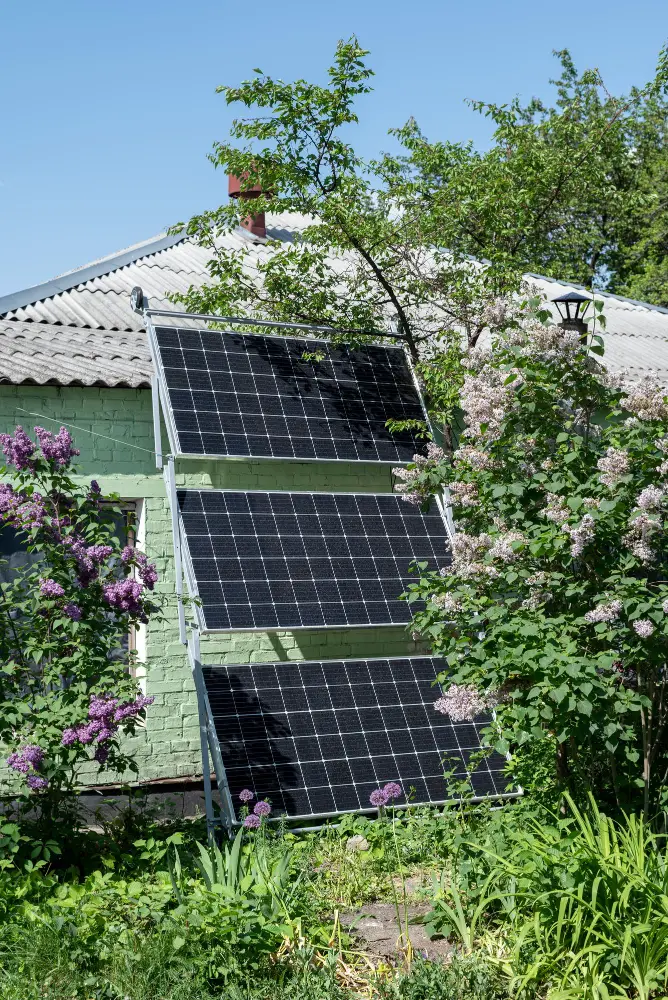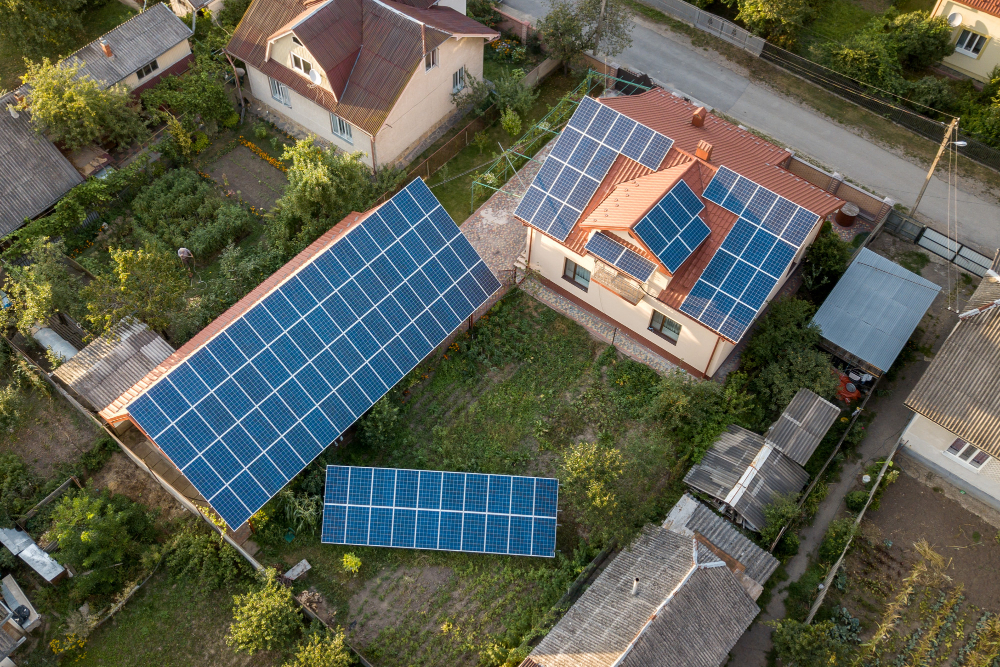Have you ever thought about using the sun to power your home? It’s easier than you might think with backyard solar panels!
This guide is here to show you how simple it can be to choose and install solar panels in your backyard. By harnessing the power of the sun, not only can you save money on your electric bill, but you also help the planet.
Keep reading to find out how you can make a positive change easily and effectively.
Evaluate Energy Needs

First, look at your electricity bill to figure out how much energy you use. This number is important because it tells you how many solar panels you might need. Each home uses a different amount of electricity, so this step helps make sure your solar panels match your needs.
Then, think about how you use energy during the day and across the seasons. Some homes use more power in the evening or during hot summer months. Knowing this can help you plan the best way to use renewable energy in your home.
Assess Property
Next, take a good look at your yard. You need a spot that gets a lot of sunlight for most of the day. Trees, buildings, or other structures that cast shadows can block the sun, which means your solar panels won’t work as well.
Also, think about the direction your yard faces. Backyard solar systems work best when they face a certain way. This helps them catch the most sun. Your installer can help you figure out the best place to put them.
Check Local Regulations

Before you start setting up solar panels, it’s smart to check with your local government. Some places have rules about where you can put solar panels or how big they can be. You might need to get permission or a permit before you can install them.
You can usually find out what you need by contacting your city or county’s planning and development department. They can tell you about the rules and help you get any permits you need. This step makes sure that your solar panel project meets all local laws and regulations.
Calculate Solar Potential
Now, it’s time to figure out how much sunlight your property can capture. There are tools online that can help you see how much sun your yard gets every day. These tools use your address and details about your yard to give you a good idea of your solar potential.
After you know your solar potential, you can start thinking about the size of the solar panel system you need. The size will depend on how much electricity you want to produce. A professional can help you decide how many panels you need to meet your energy goals.
Budget and Financing
Money is an important part of choosing and installing solar panels. First, you need to know how much the solar panel system will cost. This includes the cost of the panels, installation, and any extra equipment you might need.
There are different ways to pay for solar panels. You can pay all at once or you might be able to use a payment plan or loan. Some places even offer special programs or rebates to help lower the cost.
Choose a Reputable Installer
Finding a good installer for your solar panels is really important. Look for someone with a lot of experience and good reviews from other customers. Make sure they are certified and insured, so you know your installation is in safe hands.
Ask the installer to visit your home and give you a detailed plan and cost estimate for your solar panel system. They should be able to answer all your questions and explain how the installation process will work. Choosing the right installer means your solar panels will be set up correctly and work well.
Select Solar Panels and Components
Now comes the part where you choose the solar panels and the equipment that goes with them. There are different types of solar panels, and each type has its features. Your installer can help you pick the best ones for your home based on your energy needs and your budget.
Besides the panels, you also need to think about inverters and batteries. Inverters change the sunlight into electricity you can use in your home. Batteries store electricity for times when the sun isn’t shining, like at night or on cloudy days. If you’re unsure about which components to choose, contact Blue Raven Solar’s installation experts for personalized guidance and recommendations.
Obtain Permits and Paperwork
Before you start the installation, you need to get all the necessary permits and complete any required paperwork. Your local government may ask for different documents, depending on where you live. It’s important to have everything approved to avoid any issues later on.
Your solar panel installer can often help you with this process. They know what documents are needed and how to submit them properly. Getting all the permits might take some time, but it’s a crucial step to make sure your solar panel installation follows all local laws and regulations.
Installation
After getting all the needed permits, the residential solar installation process can begin. Your chosen installer will set a date to start putting up the solar panels in your yard. They’ll make sure the panels are securely attached and properly connected to your home’s electrical system.
The installation might take a few days, depending on the size of your system. Once everything is set up, the installer will test the system to ensure it’s working correctly. After the tests, your solar panels will be ready to start generating electricity from the sun.
Shine Brighter with Your Backyard Solar Panels
Congratulations! You are now the proud owner of backyard solar panels. This is your first big step towards a greener, more sustainable future. Enjoy watching your electric bills go down as your panels soak up the sun.
Remember, every little bit of effort counts in helping our planet. By choosing backyard solar panels, you’ve made a choice that benefits not only your wallet but the earth too. Here’s to a bright, sun-powered future in your very own backyard!
Was this article helpful to you? If so, make sure to check out our blog for more useful information and resources.
Related Stories
- Is Solar Energy Right for Your Home? Factors to Consider
- Solar Solutions Tailored to Your Budget: Start Today
- 6 Tips for Designing an Energy-efficient Home with Solar Panels
- Why Choosing the Right Backyard Remodel Contractor Saves Money
- Ensure a Successful Roofing Project by Taking These Steps
Recap
